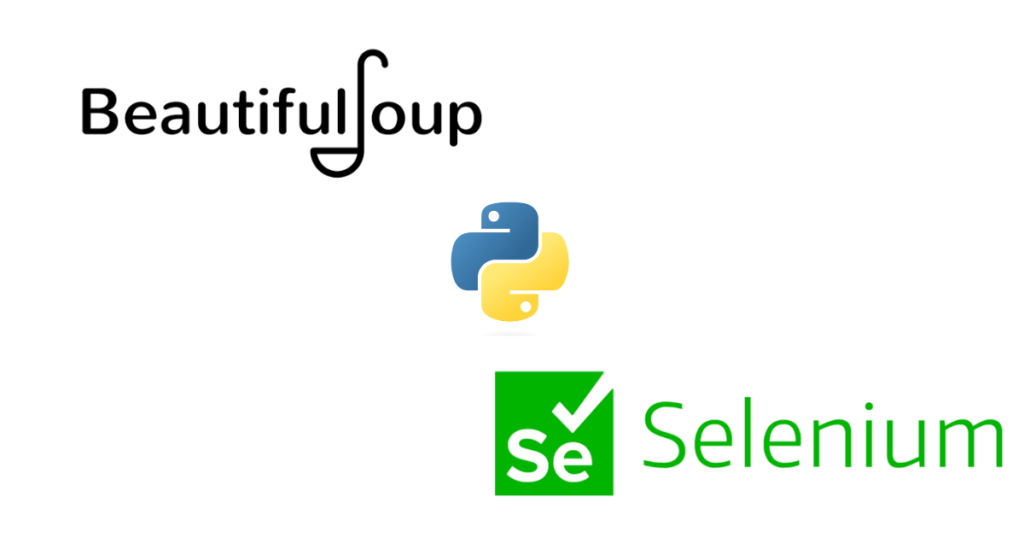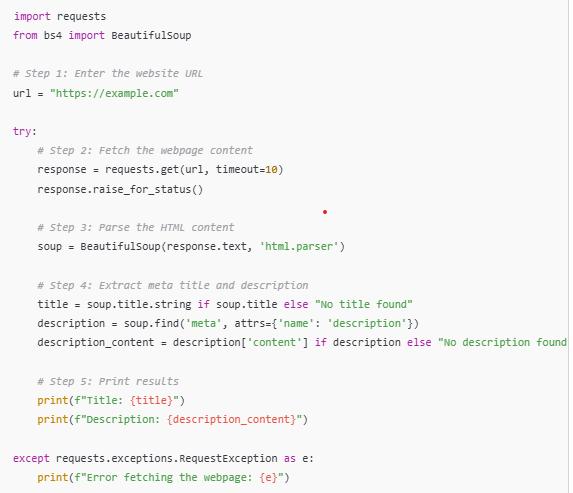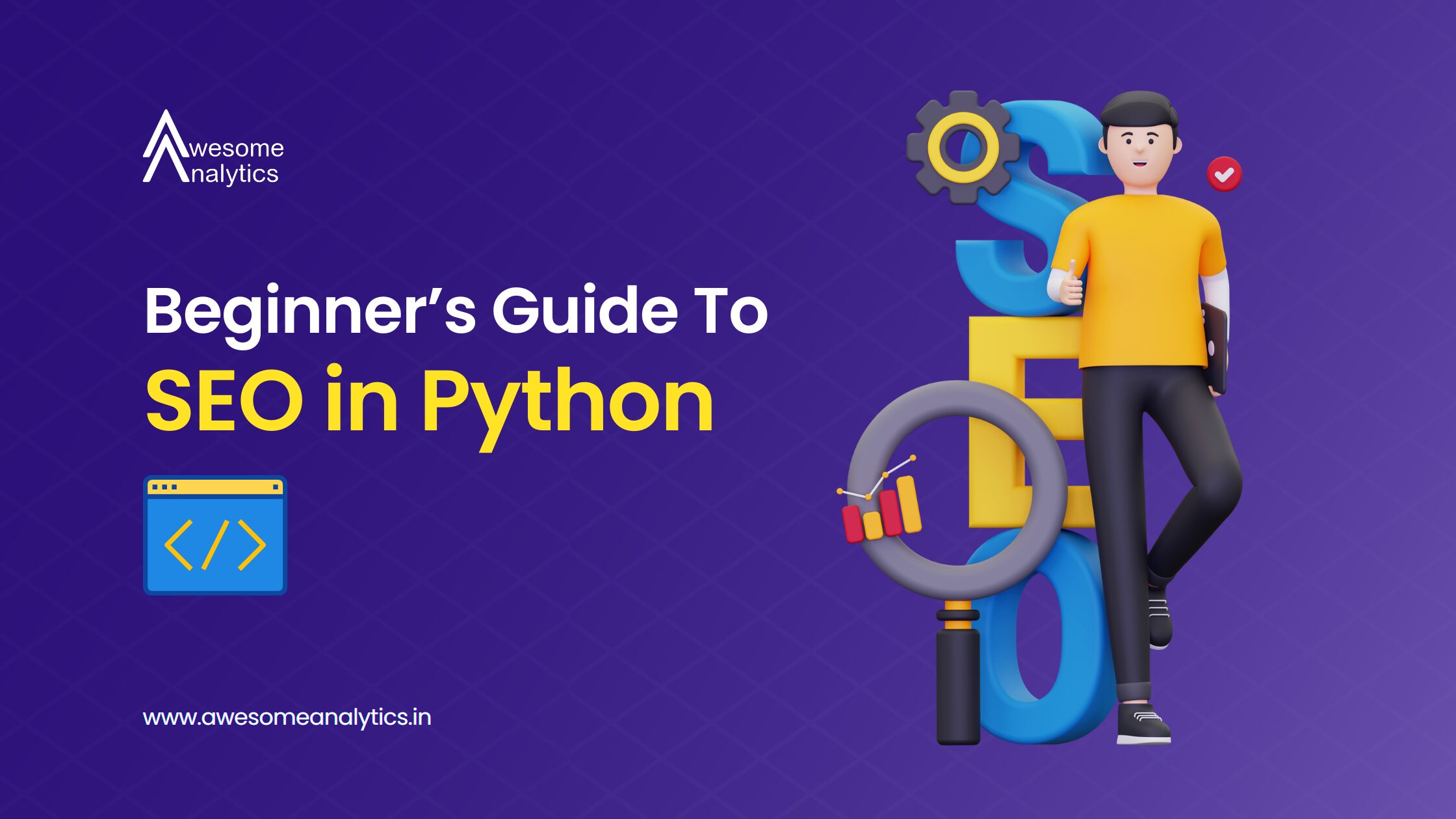
That’s where Python comes in. Python is a versatile programming language that has become a go-to tool for SEO professionals looking to save time and streamline workflows. With libraries like Beautiful Soup for web scraping, Pandas for data analysis, and Selenium for automating browser actions, Python makes handling even large-scale SEO tasks surprisingly manageable.
In this guide, you’ll learn how Python can simplify your SEO efforts. We’ll cover why Python is perfect for SEO, common challenges it can solve, and even walk you through a simple script to get you started. By the end, you’ll see how Python can turn complex tasks into efficient, automated solutions.
Why Use Python for SEO?
Python has earned its reputation as one of the most beginner-friendly and powerful programming languages, making it an excellent choice for SEO tasks. Here’s why it stands out:
1. A Library for Every Task
Python’s extensive library ecosystem simplifies a wide range of SEO activities:
- Beautiful Soup: Perfect for extracting information from HTML or XML files, making web scraping a breeze.
- Selenium: Automates browser actions like clicking buttons or scrolling, helping you interact with websites that rely on JavaScript.
-Pandas: Handles data processing and analysis, allowing you to organise large keyword lists or compare ranking data effortlessly.
2. Scalability for Large Datasets
Handling thousands of keywords or analysing trends across multiple websites can overwhelm traditional tools. Python’s ability to process and analyse large datasets ensures your workflows stay efficient, no matter the scale.
3. Flexibility and Customisation
Unlike off-the-shelf SEO tools like Ahrefs or SEMrush, Python allows you to tailor scripts to meet your exact needs. Whether you’re scraping metadata or building visualisations of ranking trends, you’re in complete control.
4. Cost-Effective Solutions
While many SEO tools come with hefty subscription fees, Python is open-source and free to use. With some coding knowledge, you can create powerful solutions without breaking the bank.
Python isn’t just a programming language; it’s a toolkit for unlocking automation and efficiency in SEO.


Common SEO Challenges Python Solves
SEO professionals often face repetitive and time-consuming tasks. Python shines by automating these challenges and making your workflows smarter. Here are some common problems Python can tackle:
1. Keyword Research
Manually gathering keyword data from multiple sources can be tedious. Python can automate this process by scraping search volumes, competition metrics, and related keywords from platforms like Google Keyword Planner or third-party APIs.
2. Web Scraping for Insights
Need to analyse competitor metadata, titles, or backlinks? With Python libraries like Beautiful Soup and Scrapy, you can quickly extract data from websites, even those with thousands of pages.
3. Tracking Rankings
Monitoring how your pages rank over time is crucial for SEO. Python can collect data from search engines and visualise ranking trends, helping you spot patterns or opportunities for improvement.
4. Data Visualisation
Seeing the big picture is essential when working with large datasets. Python libraries like Matplotlib or Seaborn help create charts, graphs, and heatmaps to make data-driven decisions clearer and faster.
5. Competitor Analysis
Python can automate gathering and comparing competitor data, such as content structure, target keywords, or backlink profiles, helping you adjust your strategy accordingly.
By addressing these challenges, Python empowers you to focus on strategic decisions while letting the code handle the repetitive grunt work.
Step-by-Step Example: Scraping SEO Data with Python
Let’s get hands-on with a simple Python script that extracts meta titles and descriptions from a website. This example will show you how Python can automate data collection for SEO analysis.
Step 1: Set Up Your Environment
Before you start, install Python and the necessary libraries. Run the following command in your terminal or command prompt:
pip install requests beautifulsoup4
Step 2: Write the Python Script
Here’s the script:
Step 3: Run the Script
1.Save the file as seo_scraper.py.
2.Replace https://example.com with the URL of a webpage you want to scrape.
3.Run the script in your terminal:
python seo_scraper.py
The script will display the meta title and description of the webpage.


Best Practices for SEO in Python
1. Follow Ethical Guidelines for Web Scraping
-Check the website’s robots.txt file to ensure scraping is allowed.
-Add time delays between requests to avoid overwhelming servers.
-Avoid scraping sensitive or personal data.
2. Use APIs When Available
Many platforms, like Google and Ahrefs, offer APIs for structured and reliable data without the risks of web scraping.
3. Optimise for Large-Scale Tasks
-Use batch processing for multiple URLs.
-Employ asynchronous libraries like aiohttp for faster scraping.
4. Debug and Test Regularly
-Add error handling to deal with missing data or structural changes in websites.
-Test your scripts periodically to ensure they remain functional.
Conclusion
Python is a game-changer for SEO, offering tools to automate repetitive tasks like keyword research, web scraping, and data visualization. With libraries like Beautiful Soup, Selenium, and Pandas, even beginners can simplify complex workflows and handle large-scale SEO challenges with ease.
Start small with the example script provided in this guide and expand as your confidence grows. Remember to follow ethical scraping practices, use APIs where possible, and test your scripts to handle real-world scenarios. With Python, you can eamline your SEO processes and focus on making impactful, data-driven decisions.



